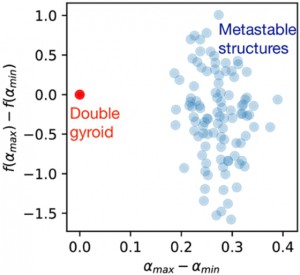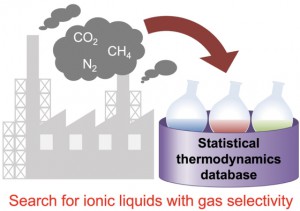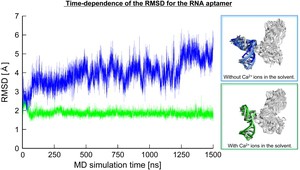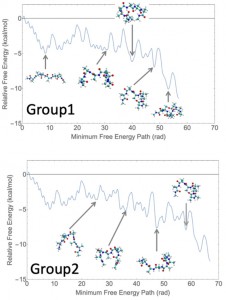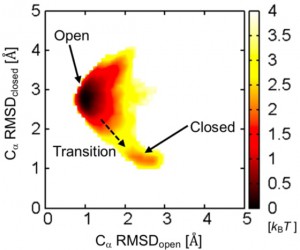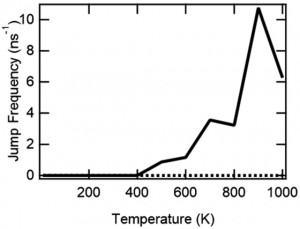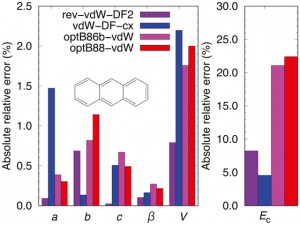[Published online Journal of Computer Chemistry, Japan Vol.18, 227-229, by J-STAGE]
<Title:> 芳香族単分子並列回路の電気伝導度とフロンティア軌道の関係
<Author(s):> 岡澤 一樹, 辻 雄太, 吉澤 一成
<Corresponding author E-Mill:> kazunari(at)ms.ifoc.kyushu-u.ac.jp
<Abstract:> According to the current superposition law in nanoscale, the conductance gets more than doubled when the number of paths is doubled. The superposition law can be applied to the molecular graph, which is a discrete mathematical expression for a structure consisting of nodes and edges. We previously revealed that the aromatic parallel circuit i.e. benzene molecule breaks the superposition law. In this paper, we show that [4n+2] annulenes also break the current superposition law from the viewpoint of orbital interaction between two fragments in the parallel circuit.
<Keywords:> Single-molecular electronics, π-conjugated system, Graph theory, H ckel method, Frontier orbital
<URL:> https://www.jstage.jst.go.jp/article/jccj/18/5/18_2019-0038/_article/-char/ja/


